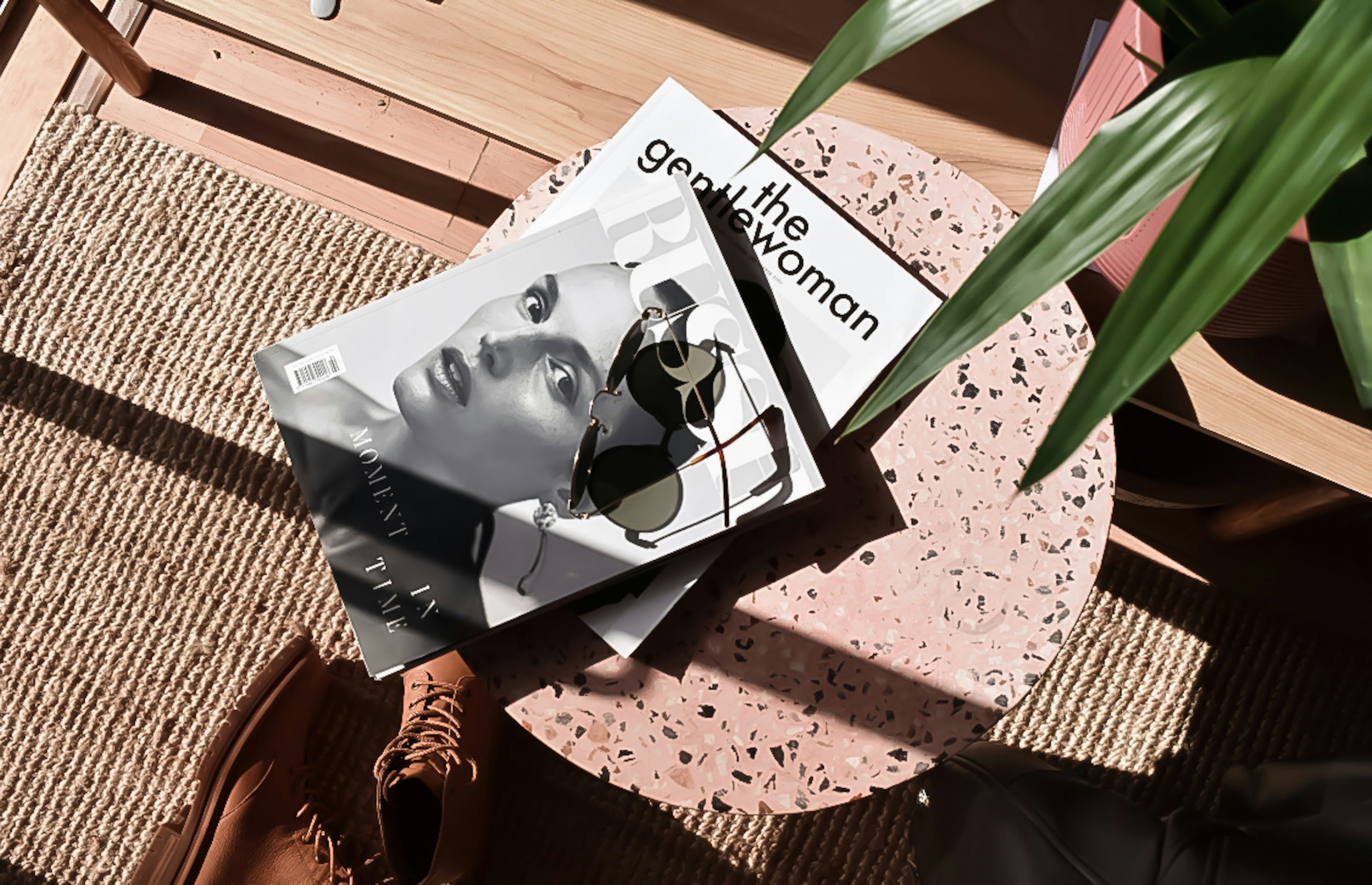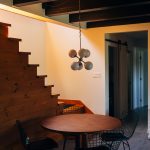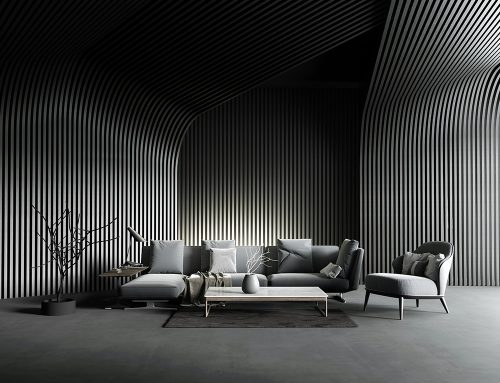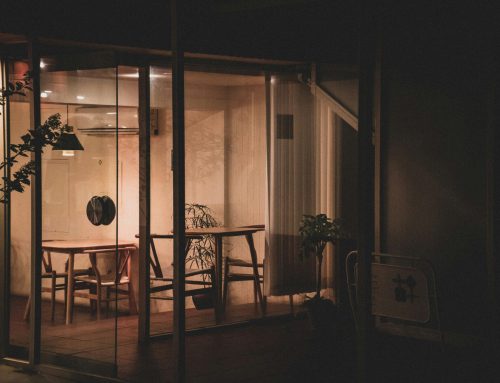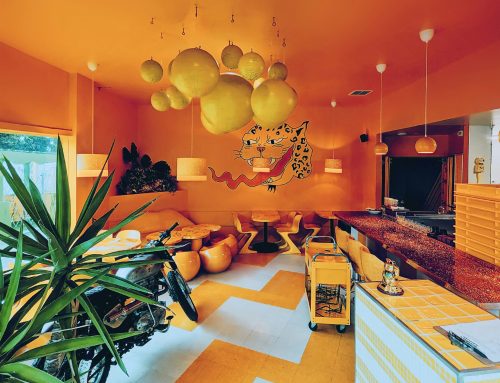In the Wylde blog this week we’re looking at interior design. Timeless interior design isn’t pinned to any one style, but rather to a set of principles—balance, quality, and restraint—that let a space breathe and grow with time. It’s not about curating a museum or sticking to some purist idea of tradition. Instead, it’s about creating rooms that feel settled, not staged. And while buzzwords come and go, the best interiors feel familiar and grounded, even when the furniture changes or life makes us adapt, grow or need change!
Take terrazzo, for example. It’s been around since ancient Rome, but in a subtle, well-executed form—like a muted terrazzo bathroom floor or countertop—it quietly adds depth and texture without feeling like a fad. It doesn’t rely on gloss or gimmick, just natural variation and the beauty of imperfect pattern.
Architectural joinery is another good example. A well-proportioned wall of cabinetry or a discreet window seat with storage underneath feels considered and built to last. You might not notice it at first glance, but it’s these sorts of interventions—made with care and common sense—that help a space work better without cluttering it. They age well because they solve problems, not create new ones.
In living spaces, mid-century Scandinavian pieces often slip into the background in the best way. A low-slung timber-framed armchair with clean lines and natural fabric doesn’t scream for attention, but it adds comfort and a touch of elegance that doesn’t age badly. When paired with more tactile materials—wool throws, clay pots, rough linen curtains—the room feels warm and personal without relying on trend-led styling.
Natural plaster walls are having a quiet moment again, but they’ve been used for centuries across the world for a reason. The soft, almost chalky texture adds dimension and absorbs light in a way that paint rarely can. It’s not about making a statement, but about letting a surface breathe. These walls don’t date—they just age, gently and honestly.
Lighting, too, can define whether a space holds up over time. Rather than dramatic fixtures that will date within a few years, consider something like a frosted globe pendant or a simple wall sconce in aged brass or matte ceramic. These shapes and finishes feel familiar and tactile, and they get better with age rather than worse.
Even something as basic as a well-made dining table in ash or walnut, paired with mismatched chairs collected over time, can become a quietly iconic part of a home. It’s not about being uniform—it’s about function, feel, and story. You don’t walk into that room and think “wow, it’s so on-trend.” You think: “this feels good.” And that’s the real goal of timeless design.
Ultimately, the best spaces aren’t trying to look timeless—they just are, because they’ve been built around what works. Good proportions, natural materials, thoughtful layout, and a refusal to overdo it. It’s less about what’s in style and more about what has substance. That’s what gives a space longevity—not trending fabric or colour forecasts, but decisions made with honesty and care.

